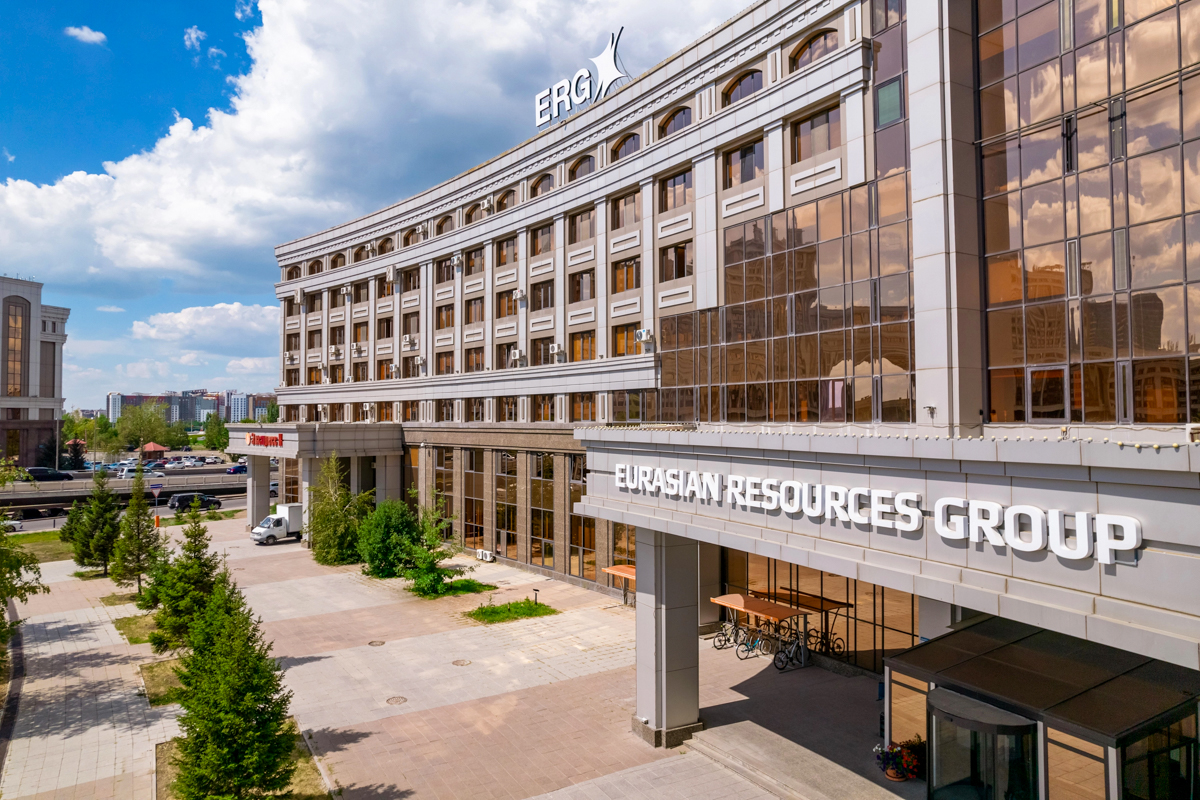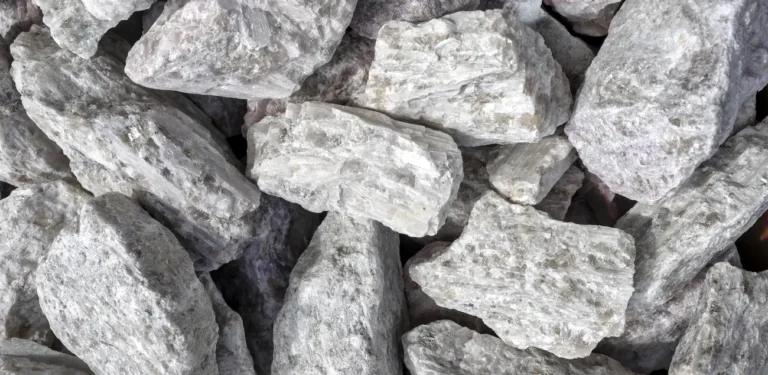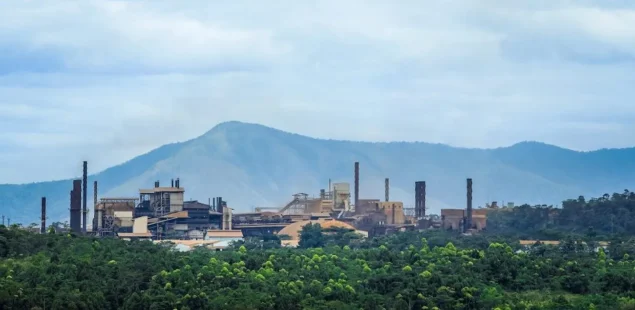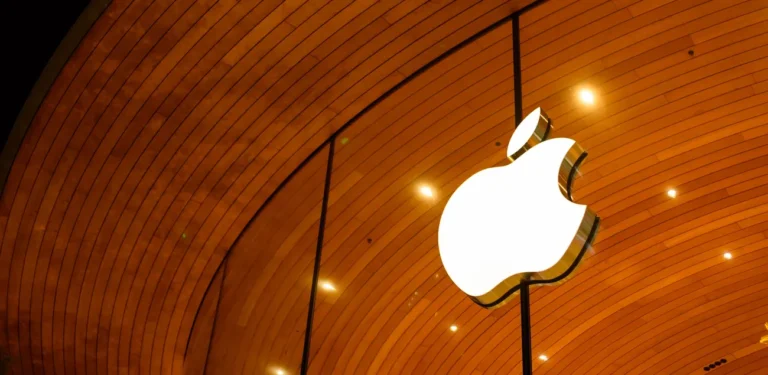
US businessman James Cameron has made a $5 billion offer to acquire Eurasian Resources Group (ERG), a major Luxembourg-based mining conglomerate with significant operations in Kazakhstan and Africa. The bid, confirmed in a letter sent to ERG’s board, comes as the company prepares to participate in a major expansion of Kazakhstan’s rare earths output, aiming to boost production of rare earth and rare metals by 40% by 2028. Cameron’s proposal is backed by a financing plan involving his own funds and equity from investors in the United States, Australia, and the Middle East, with Goldman Sachs providing preliminary advisory services.
ERG, which is 40% owned by the Kazakh government, is a key producer of copper, cobalt, aluminium, and iron ore. The company has recently formed a task force to explore rare earth and rare metals deposits in Kazakhstan, a move that aligns with the United States’ push to secure alternative critical minerals supply chains amid escalating trade tensions with China.
Despite the unsolicited offer, ERG has categorically denied that any negotiations are underway regarding a sale. In an official statement, ERG chairman and CEO Shukhrat Ibragimov said, “There are no negotiations on the sale of ERG,” and reaffirmed the management’s commitment to the group’s ongoing sustainable development. The company emphasized that it is focused on its long-term growth strategy, which was adopted at the end of 2024.
The timing of Cameron’s bid highlights growing Western interest in Kazakhstan’s mineral resources as the country moves to declassify data on its rare earth reserves, potentially elevating it to one of the world’s top holders of these strategic materials. For now, ERG’s management remains focused on its expansion and investment plans, with no indication that a change of ownership is imminent.



